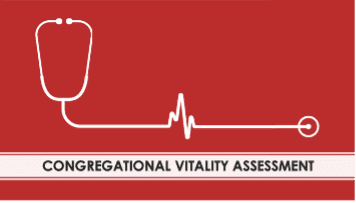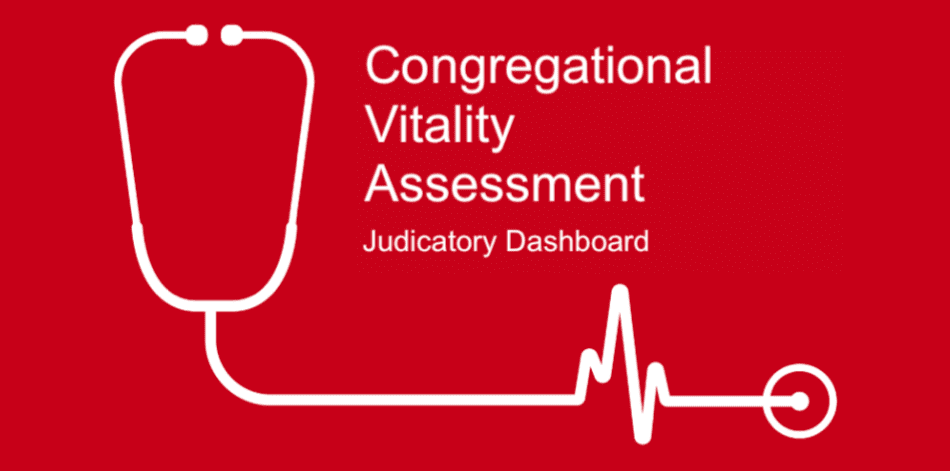
by khoward | Mar 30, 2022 | COVID, FaithX Blog
by Mary Frances About once a month I gather with leaders from a group of congregations to talk about changes they can make in order to do a better job of living into their mission, vision and values. At our next meeting we are going to talk about how to assess the...

by khoward | Jan 13, 2022 | FaithX Blog, Posts by Ken Howard
By the Rev. Ken Howard The FaithX Project and the Episcopal Church Foundation are happy to announce that the popular Congregational Vitality Assessment is now available in Spanish. This has been in the works for a couple of months now, first with the questions,...

by khoward | Sep 23, 2021 | FaithX Blog
By Steve Matthews, FaithX Senior Associate Consultant What? Can you believe it has been almost two years since we first heard the words “COVID-19?” So much has changed, so many lives lost, so many fatigued health-care workers, school teachers, parents… pastors...

by khoward | Sep 15, 2021 | FaithX Blog, Posts by Ken Howard
When life gives you lemons, make lemonade… right? The lemons… Life dropped a huge pile of lemons on us today as we were starting our long-awaited Congregational Vitality Assessment webinar. The lemons started falling as soon as we “opened the door” to...

by khoward | Aug 19, 2021 | FaithX Blog, Posts by Ken Howard
“I am delighted to begin using the CVA [and the CVA Judicatory Platform] in Oklahoma. While much of the Christian life (individually and in community) cannot be measured, there are many indicators of vitality that can be. More vitality in congregations means...







